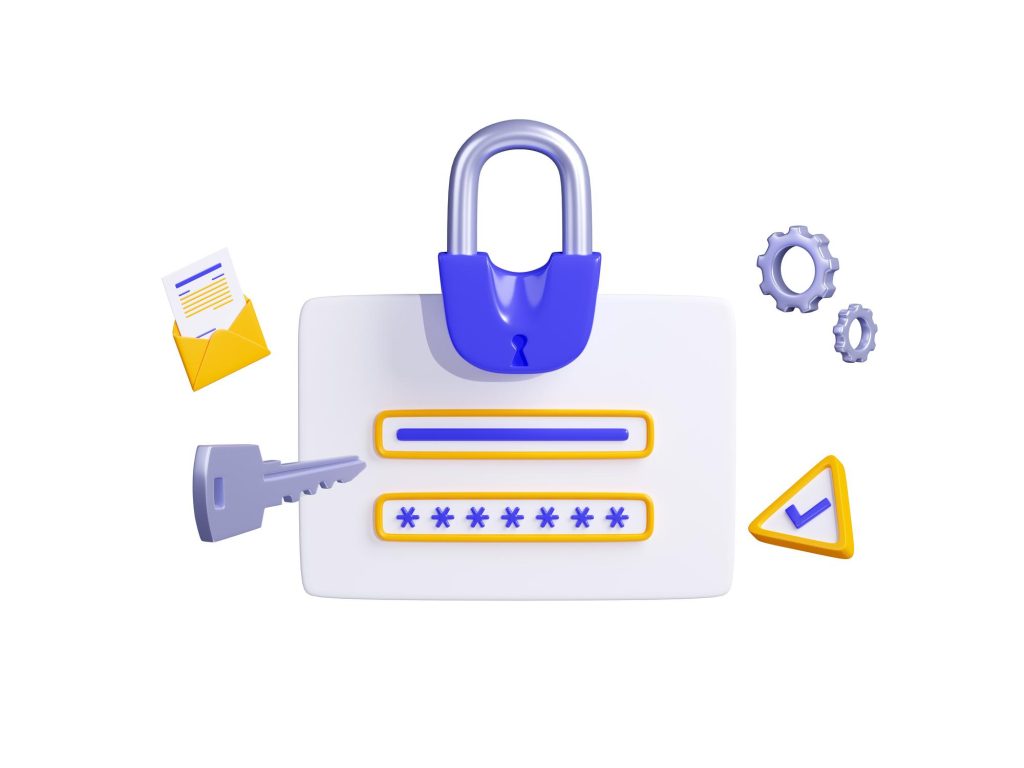
Image by upklyak on Freepik
Protecting your online application from automated bots is crucial in today’s digital landscape. After all, you want to ensure that only real humans are interacting with your platform, right? Well, that’s where CAPTCHA comes into play. Today, we’re going to dive into this powerful security tool and explore how to leverage it seamlessly in your Flutter and Web applications. Get ready to master the art of keeping the bots at bay while providing a smooth experience for your valued users!
What is CAPTCHA?
CAPTCHA, which stands for “Completely Automated Public Turing test to tell Computers and Humans Apart,” is a type of challenge-response test used in computing to determine whether the user is human or not. A bit of a lengthy term, isn’t it? Let us simplify it for you.
In the world of automation, there are still so many places/tasks where you want to prevent automation, right? Let’s take an example: you have created a form, and you want only humans to fill in and submit it. How are you going to do that? That’s where CAPTCHA comes into the picture.
CAPTCHA typically presents users with a task that is easy for humans to solve but difficult for automated programs to complete. There are several types of CAPTCHA which can be implemented based on our needs. Some of them are listed below:
- Image-based
- Text-based
- Audio-based
- Math-type
- Puzzle-type, etc.
Where to Place CAPTCHA in Your Application
Usually, CAPTCHA can be kept at the home page or entry page of your application so that it can bypass all the automation from there itself. E.g., the Login page. However, in certain cases, CAPTCHA can be used just before the desired actions too. E.g., Right before connecting to Payment Gateways.
Choosing the Best CAPTCHA for Your Application
There are a couple of things which we should always keep in mind to choose the best CAPTCHA:
- Difficulty Level: CAPTCHAs can be categorized into three categories based on time and intelligence to solve them: Easy, Medium, and Hard. You can choose the right category based on the level of security you are applying to your system.
- Refresh and Alternate Options: Always give a refresh or alternate CAPTCHA option to your users. Refresh means if the CAPTCHA is unsolvable for humans, then they can request another CAPTCHA. Alternate means if Type-A (Text-based) CAPTCHA is unsolvable for humans, then your system should have an option to change the CAPTCHA to Type-B (Audio-based). Type A and Type B can be any type as per your needs.
- Time Consideration: You must also consider “Time” to solve the CAPTCHA. You would not want users to go away from your application by using too complicated a CAPTCHA.
CAPTCHA in Your Flutter and Web Application
Initially, when we started using CAPTCHA in our applications, we chose to go with readily available packages which are already available in almost every technology stack. Even reCAPTCHA from Google is also very famous and widely used in so many applications.
When we understood the purpose of using CAPTCHA, we thought, “Why can’t we generate our own CAPTCHA?” Creating your own CAPTCHA gives you the freedom of choosing the complexity levels, type of CAPTCHAs, and logic of CAPTCHAs too.
We used an alphanumeric text CAPTCHA in one of our projects which included a Flutter and Web application. We have followed the below tasks to generate CAPTCHAs:
- Chars: We used alphanumeric chars, most likely look-alike ones.
- Length: Standard length of 5 chars.
- Random String Generator: To generate random strings for the CAPTCHA.
- Canvas: To generate an image with some extra lines at random locations to make it a little more complex to read chars.
- Color Combinations: We used different color combinations for each char and the overall background.
The beauty of this CAPTCHA function is that it can be used in multiple technologies to get the same CAPTCHA type in your application across all platforms.
We can also generate Math-type and Puzzle-type CAPTCHA by our own logic very easily, and this way, it will remove the dependency on any third-party packages. This will also give you the option to generate CAPTCHA in offline mode.
In conclusion, CAPTCHA technology serves as a vital tool in safeguarding online platforms against automated bot attacks and ensuring the integrity of user interactions. By presenting challenges that are easy for humans to solve but difficult for automated scripts to crack, CAPTCHAs effectively distinguish between genuine human users and malicious bots. Most of the time, adding more value to the product, especially with respect to security, brings us happier faces in terms of customer satisfaction.
In the last five years, we at CoReCo Technologies have worked with 60+ various size businesses from across the globe, from various industries. We not only developed their products & platforms but also have helped product owners to get secure and well-managed products.
To convert this virtual interaction into a real-life conversation, please contact [email protected]
Nikunj Buddhbhatti
Senior Software Engineer
CoReCo Technologies Private Limited



